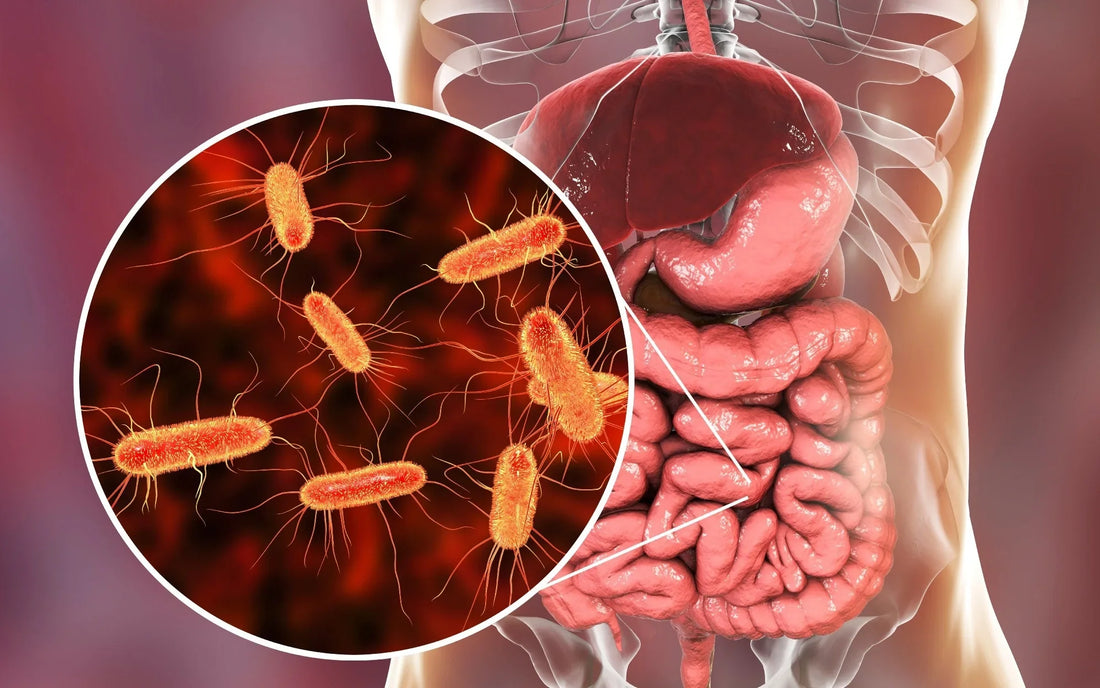
Why We Eat and What Drives Our Cravings
Share
Hunger is something we all experience, but few of us understand how complex it really is. It's not just about an empty stomach. Modern science shows that hunger is influenced by our brain, gut, emotions, and even the bacteria living in our intestines. Let's break it down in simple terms.
The Three Types of Hunger
Experts say hunger is driven by three main systems: homeostatic hunger, hedonic hunger, and microbiota-driven hunger.
Homeostatic hunger is the basic need for food when our body runs low on energy. It’s what we feel when we haven’t eaten for hours. The brain and gut work together to trigger signals like stomach growling and the release of hormones like ghrelin (often called the "hunger hormone") to tell us it’s time to eat.
Hedonic hunger is when we eat not because we're truly hungry, but because food looks, smells, or tastes good. Think of craving ice cream even after a full dinner. This type of hunger is influenced by our emotions, habits, and the pleasure centers in our brain.
Microbiota-driven hunger is a newer area of research. Our gut bacteria produce substances that can influence hunger by affecting hormones or communicating with the brain. For example, certain bacteria can trigger the release of hormones that make us feel full or hungry.
Why Hunger Can Be Hard to Control
In the past, hunger was a survival mechanism. Humans needed to store fat to survive times when food was scarce. But today, we’re surrounded by high-calorie, tasty foods all the time. Our brain is still wired to want more food, especially sugary or fatty foods, which can lead to overeating.
When the brain’s pleasure centers overpower the body’s energy needs, it becomes harder to stop eating even when we're full. This is especially common in societies where food is always available and heavily advertised.
How Gut Bacteria Play a Role
Our intestines are home to trillions of bacteria, known as the gut microbiota. These microbes help us digest food, support our immune system, and also send signals that affect hunger.
Some bacteria can produce hormones or substances that make us feel full, while others may increase hunger. A diet rich in fiber supports the growth of helpful bacteria that can promote fullness, while processed foods may encourage bacteria that trigger overeating.
In some studies, changing the gut bacteria through diet, probiotics, or fiber supplements has shown promise in reducing hunger, though more research is still needed.
What Happens When Hunger Signals Go Wrong
Sometimes, the systems that regulate hunger and fullness stop working properly. This can lead to eating disorders.
Anorexia nervosa, for example, is when people avoid food despite being extremely underweight. Their hunger signals are confused, and their brain may no longer respond properly to hunger hormones.
On the other hand, some people struggle with obesity because their fullness signals are weak or ignored due to hedonic hunger and poor eating habits. They may continue eating even when their body has enough energy stored.
Both situations can lead to serious health problems like diabetes, heart disease, and mental health issues.
Practical Tips for Managing Hunger
- Eat balanced meals with a mix of fiber, protein, and healthy fats to support homeostatic hunger and keep you full longer.
- Avoid mindless snacking, especially when you're not truly hungry. Ask yourself if you're eating out of habit, stress, or boredom.
- Get enough sleep and manage stress, as both can disrupt hunger hormones.
- Include fermented foods or fiber-rich foods like yogurt, bananas, onions, and oats to nourish good gut bacteria.
- Be mindful of food ads and cravings, especially for sugary and salty snacks. These often target your brain's reward system, not your body’s needs.
